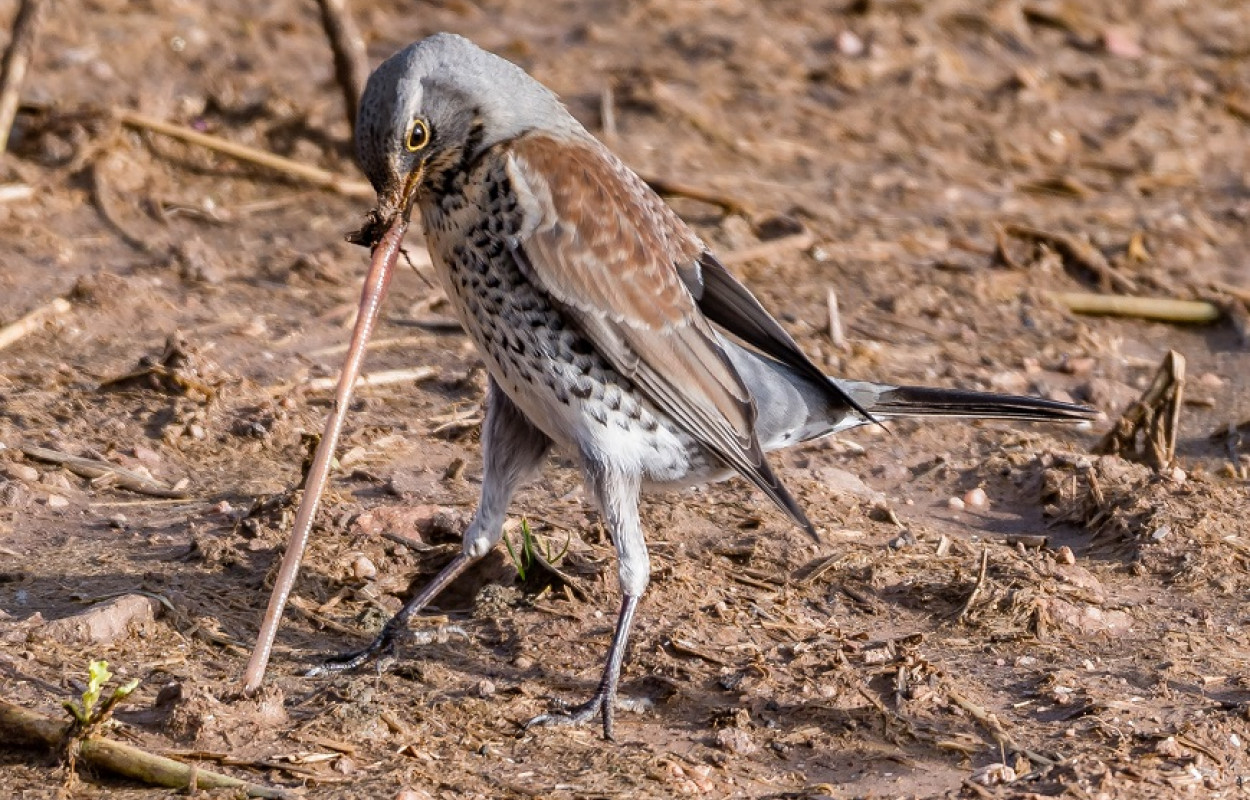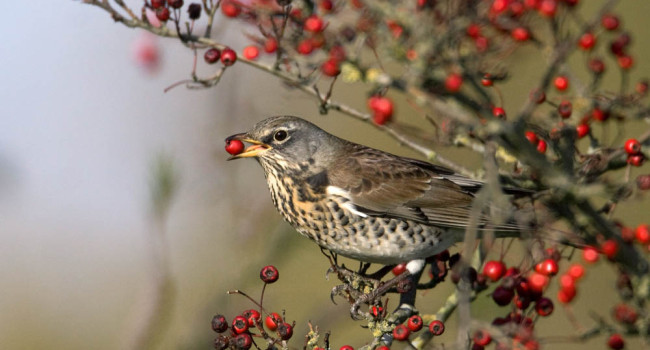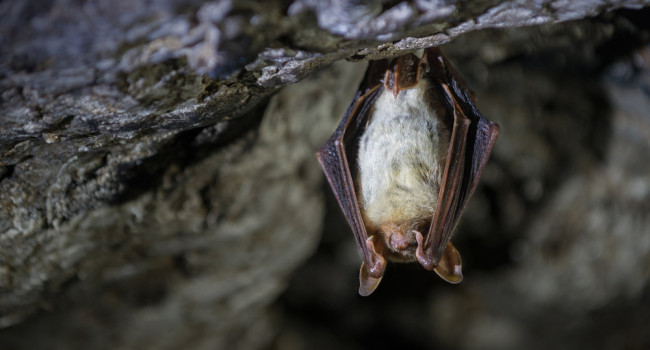Opening a can of worms: Can the availability of soil invertebrates be indicated by birds?

Author(s): Martay, B. & Pearce-Higgins, J.W.
Published: March 2020 Pages: 9pp
Journal: Ecological Indicators Volume: 113
Article No.: 106222
Digital Identifier No. (DOI): 10.1016/j.ecolind.2020.106222
The results showed that the numbers of earthworm-eating birds, including Blackbirds and Robins, were strongly linked to the number of earthworms present. Importantly, there was no link between earthworm numbers and counts of bird species that do not eat worms, such as Goldfinches and House Sparrows, giving the scientists behind the study confidence in the results. Although there is more work to do, this research opens up the exciting possibility that monitoring long-term changes in the populations of some well known bird species could help us to monitor not only the health of our earthworm populations, but the health of our soils too.
Lead author of the study, Blaise Martay, said “It has been fantastic to see how much children have enjoyed digging up worms! And it is even better that this is paired with providing useful data and interesting results. Wouldn’t it be great if we could establish this as a long-term monitoring scheme to see what’s happening to our earthworm populations and to explore the links between earthworm and bird populations further? And hopefully this project will start many children off on a lifetime of citizen science looking out for our wildlife.”
BTO’s Director of Science and study co-author, James Pearce-Higgins, said “Populations of birds like the Song Thrush and Mistle Thrush which rely on earthworms have been in long-term decline, particularly in southern England. The results of our new study add to the suggestion that a reduction in the availability of earthworms, either due to changing land-use or an increase in the frequency of summer drought conditions, may be partly to blame. We will continue to work to understand more about changes in soil invertebrate populations and how those are affecting our birds.”
Abstract
Recently detected invertebrate population declines are likely to have far-reaching impacts for ecosystem function. However, very little large-scale monitoring of invertebrates, especially soil invertebrates, has taken place. To address this gap, we established a school-based citizen science project to collect data on soil invertebrate abundance and bird counts across the UK. We examined the association between earthworms (which comprised 93% of the total soil invertebrate biomass in the surface soil) and 15 bird species on school playing fields over three years. We also tested whether simple bird counts of species that rely on earthworms could be used to indicate the earthworm abundance in soil.
We found a clear link between earthworm abundance and counts of robins (Erithacus rubecula), blackbirds (Turdus merula) and other thrushes (Turdus pilaris, Turdus viscivorus, Turdus philomelos and Turdus iliacus), all of which rely on earthworms as an important component of their diet. None of these relationships varied with season. There were no correlations found between earthworm abundance and bird counts for species that do not rely on earthworms. We found that the total thrush count (including blackbirds) could be used as a simple indicator of earthworm abundance, explaining up to 20% of the variation in earthworm counts.
In spite of the uncertainties associated with the data, these results raise the possibility that existing, robust, long-term bird monitoring data could, with further research, be used to infer changes in soil invertebrates, such as earthworms, and therefore aspects of soil health. We conclude by identifying a series of criteria that would need to be fulfilled in order for such inference to be robust.








Share this page